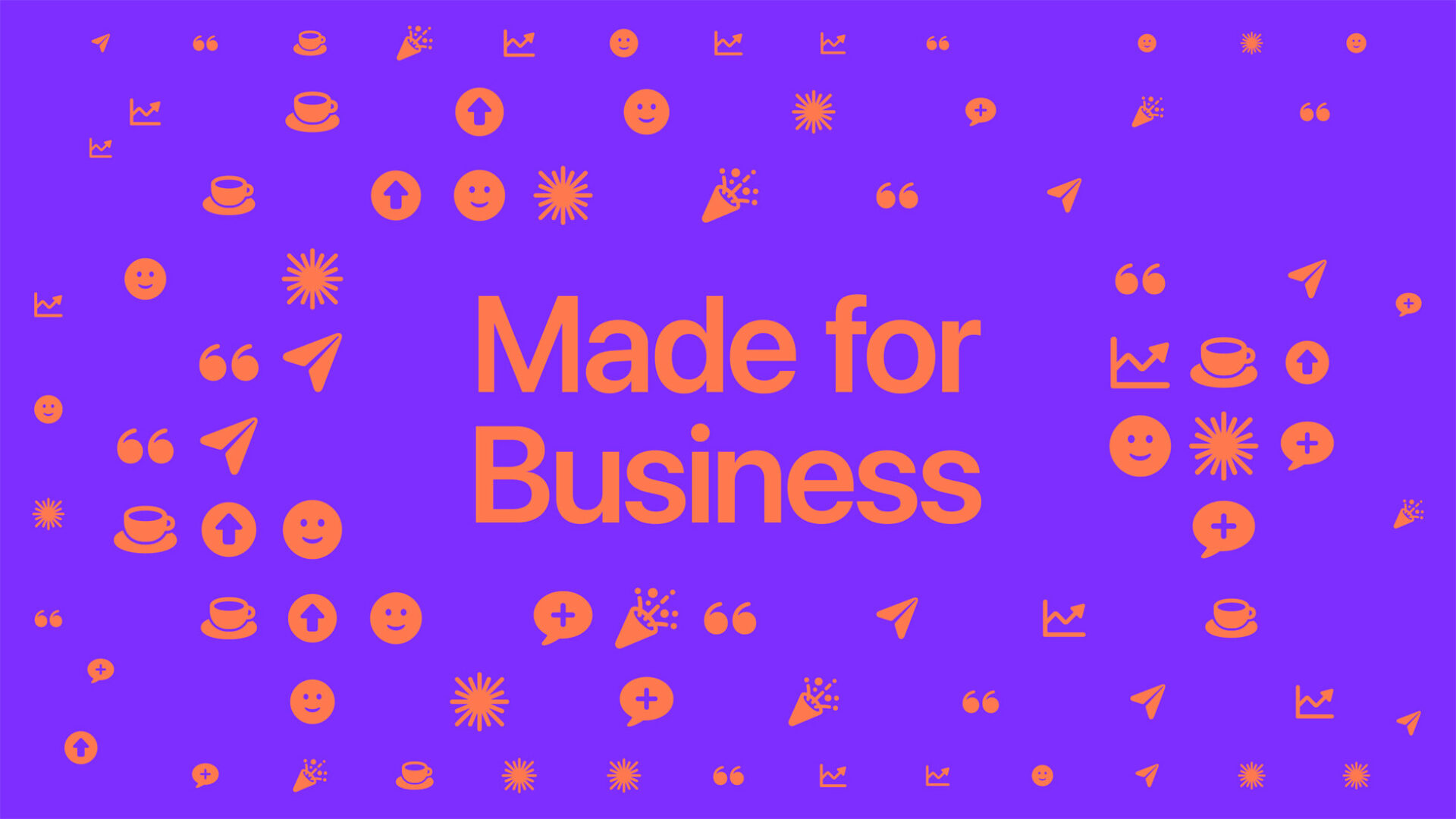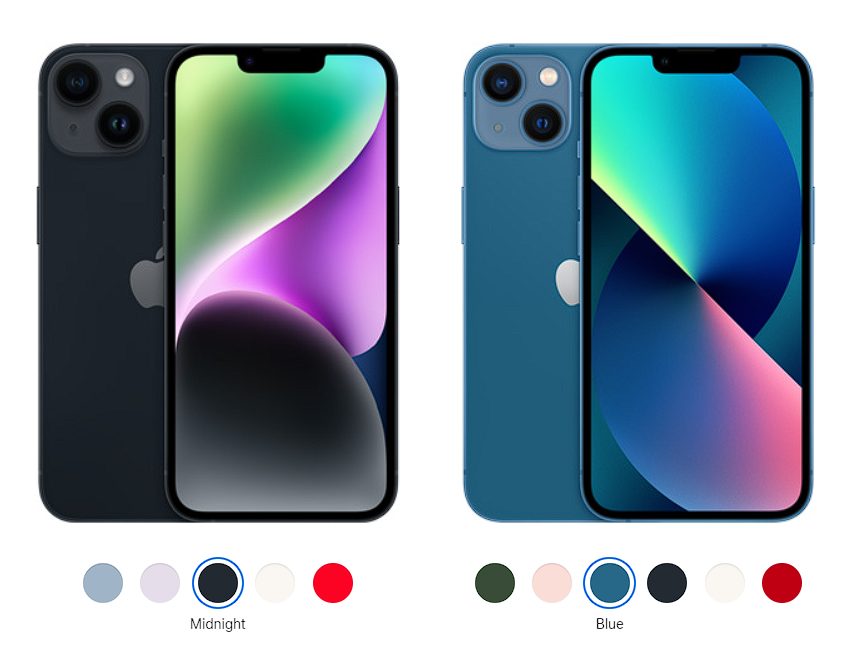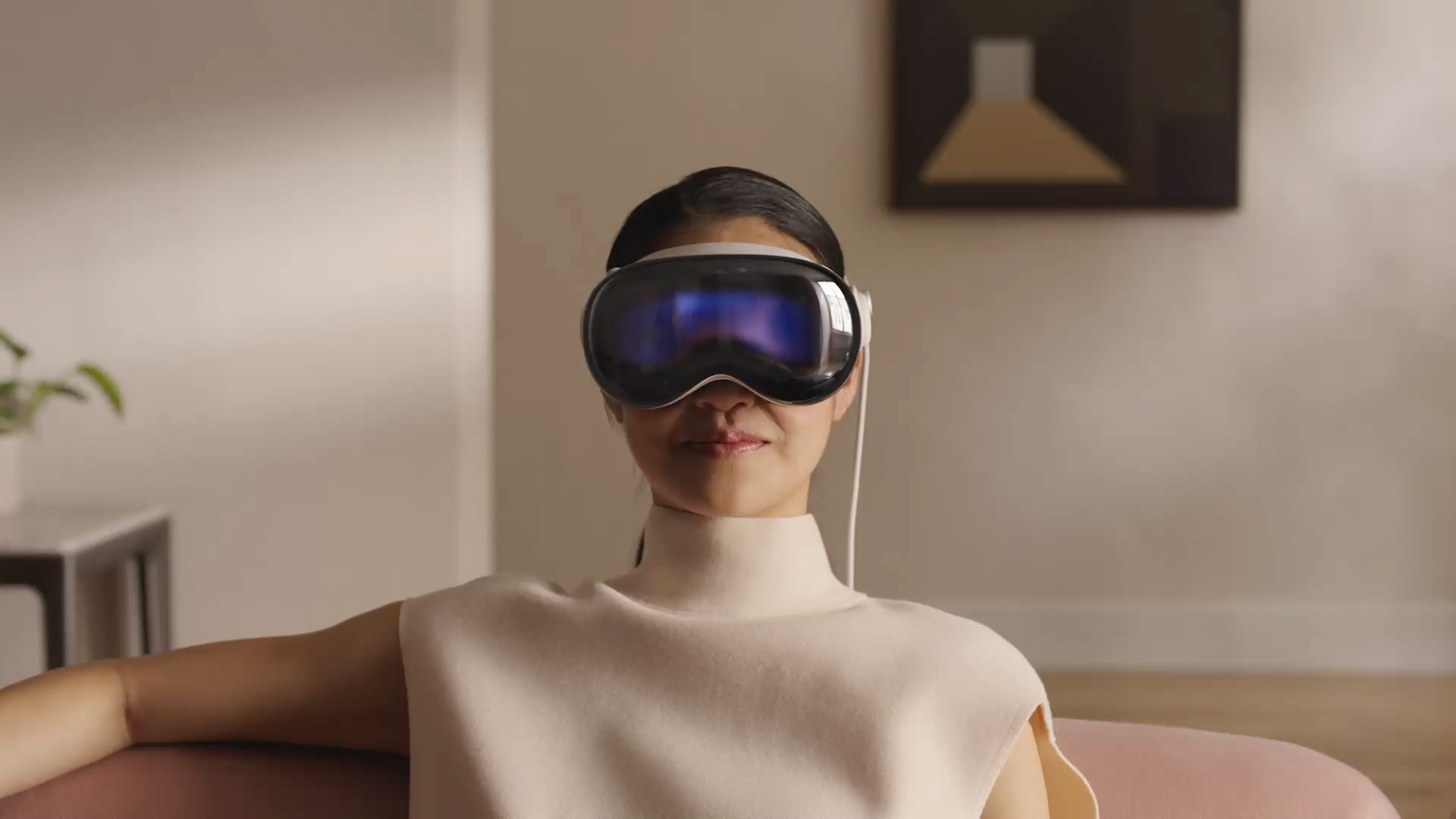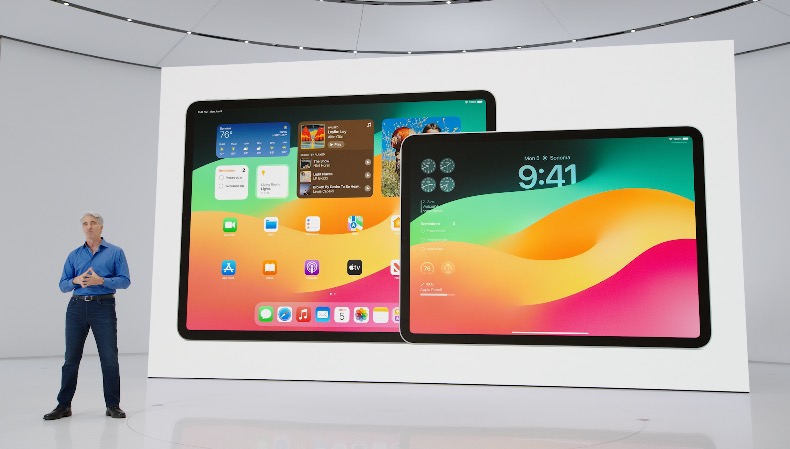
iPhone 14 vs iPhone 13: Differences, Features, Specs, Price, and More

Apple today unveiled the iPhone 14 and iPhone 14 Plus, with the latter spelling the end for the 5.42-inch “mini” model we’ve seen in the past couple of generations.
The new iPhone 14 looks strikingly similar to its predecessor, and they even share a lot of their specs. However, this year’s base model does come with upgrades in a few areas.
Let’s take a look at the differences between last year’s iPhone 13 and the all-new iPhone 14 lineup below…
Colours
The iPhone 14 comes in five colours: Starlight, Midnight, Blue, Purple, and (PRODUCT)RED. Meanwhile, the iPhone 13 launched in Starlight, Midnight, Blue, Pink, and (PRODUCT)RED, with Apple later adding a Green colourway as well.
Price
Apple slashed the price of its iPhone 13 and iPhone 13 mini after announcing the iPhone 14 and iPhone 14 Plus. The new iPhone 14 series starts at $1,099 CAD for the iPhone 14 and $1,249 for the iPhone 14 Plus, while last year’s lineup now starts at $849 for the iPhone 13 mini and $999 for the iPhone 13.
Display and Cameras
The iPhone 14 and iPhone 13 share a 6.1-inch Super Retina XDR display, with the same 2532-by-1170-pixel resolution at 460 ppi, along with True Tone, Wide colour. Both models also have 800 nits typical max brightness and 1200 nits brightness in HDR.
Apple’s iPhone 14 also introduces a new, larger display size with the 6.7-inch iPhone 14 Plus, replacing the 5.42-inch iPhone 13 mini.
The iPhone 14 and iPhone 13 both feature a 12MP dual-camera setup on the rear, with one Wide and one Ultra Wide sensor.
However, Apple said the iPhone 14 has a new 12MP Wide camera with a larger sensor. The iPhone 14’s main camera has a ƒ/1.5 aperture, as compared to ƒ/1.6 on the iPhone 13’s main camera. Both devices come equipped with sensor-shift optical image stabilization (OIS).
On the front, the iPhone 14 has a new TrueDepth Camera that, for the first time, features autofocus. The iPhone 14’s hybrid system offers better pictures in low light conditions.
In addition, the iPhone 14 also brings the new Photonic Engine, which Apple designed to improve low-light photos. According to Apple, the Photogenic Engine offers up to 2.5x richer details and colour compared to the iPhone 13.
For video, the iPhone 14 lineup gets more advanced stabilization in what Apple is calling “Action Mode.” The company said it makes video look “incredibly stable” for smooth recording and even supports Dolby Vision HDR.
Also, the iPhone 14 is capable of 4K HDR video recording up to 30 fps in Cinematic Mode, as opposed to 1080p at 30 fps on the iPhone 13.
Everything else remains the same as far as camera specs go for the iPhone 14 and iPhone 13.
Face ID and the Notch
Unfortunately, the iPhone 14 and 14 Plus didn’t get the new pill-shaped Face ID and front camera cutout that the iPhone 14 Pro did. As such, they have a notch that remains just as big (and just as annoying) as on the iPhone 13.
Networking, CPU and Battery Life
The iPhone 14 and iPhone 13 both offer 5G networking (sub-6 GHz and mmWave) with 4×4 MIMO (Canada doesn’t have mmWave 5G, so Canadian iPhone models lack mmWave support).
Apple didn’t give its non-Pro iPhone models a generational processor upgrade this year, so the iPhone 14 and 14 Plus stick with the iPhone 13’s A15 Bionic chip. That said, the A15 Bionic powering the iPhone 14 does have one more GPU core (5 vs. 4) than the one in the iPhone 13. Apple still maintains that the A15 is “faster than the competition.”
Battery life also gets a slight bump on the iPhone 14, with the 2022 model getting 20 hours of video playback versus 19 hours on last year’s iPhone 13. The iPhone 14 Plus really takes battery life to the next level, though, managing up to 26 hours of video.
This year’s entry-level iPhones also introduce Emergency SOS via Satellite, which lets users send emergency texts even when there are no cell towers around. The feature launches in November and will be free for two years. In addition, the iPhone 14 supports Apple’s new Crash Detection functionality.
Water Resistance and MagSafe
Both iPhone models are water-resistant to a maximum depth of 6 metres for up to 30 minutes. They are rated IP68 under IEC standard 60529.
Both also include MagSafe to support wireless chargers and accessories.
Capacity
The iPhone 14 inherits the iPhone 13’s capacity options, offering 128GB, 256GB, or 512GB of internal storage.
SIM Card
Apple is really pushing for eSIM adoption, as both the iPhone 14 and iPhone 13 have Dual eSIM support. What’s more, U.S. iPhone 14 models lack the SIM tray altogether.
Dimensions
The iPhone 14 and iPhone 13 are encased in extremely similar shells, making them identical in height and width. This year’s model is only slightly thicker, with a depth of 7.80mm as compared to 7.65mm on the iPhone 13.
The iPhone 14 Plus stands 160.8 mm tall and 78.1 mm wide, a new physical footprint for the base iPhone line. It is just as thick as the iPhone 14, at 7.80 mm.
When it comes to weight, the iPhone 14 (172 grams) is ever so slightly lighter than the iPhone 13 (174 grams). Meanwhile, the larger iPhone 14 Plus weighs 203 grams.
iPhone 14 vs iPhone 13: Which One Should You Buy?
If you have an iPhone 13, upgrading to the iPhone 14 doesn’t make much sense unless you want a bigger screen and don’t want to break the bank for a Pro Max. The performance uplift is marginal, even compared to the iPhone 12. Essentially, you’re going to have to decide if the improved cameras and new Photonic Engine are compelling enough to take the plunge.
If you’re upgrading from an iPhone 11 or older, you might be faced with an even harder choice with last year’s models getting a price cut to $849 for the iPhone 13 mini and $999 for the iPhone 13. You could get an extremely similar product experience to the iPhone 14 for $100 less (or even $250 if a smaller screen is more your style).
Of course, if you’re looking for a larger screen, the $1,249 iPhone 14 Plus is the way to go. It will get you the screen (minus the “ProMotion” 120Hz refresh rate) and most of the performance of last year’s iPhone 13 Pro Max without breaking the bank.
Click here to learn more about iPhone 14 and iPhone 14 Plus on Apple.ca. Pre-orders begin this Friday, September 9, at 5am PT in Canada.
The iPhone 14 officially launches on September 16, while the iPhone 14 Plus won’t launch until October 7.


